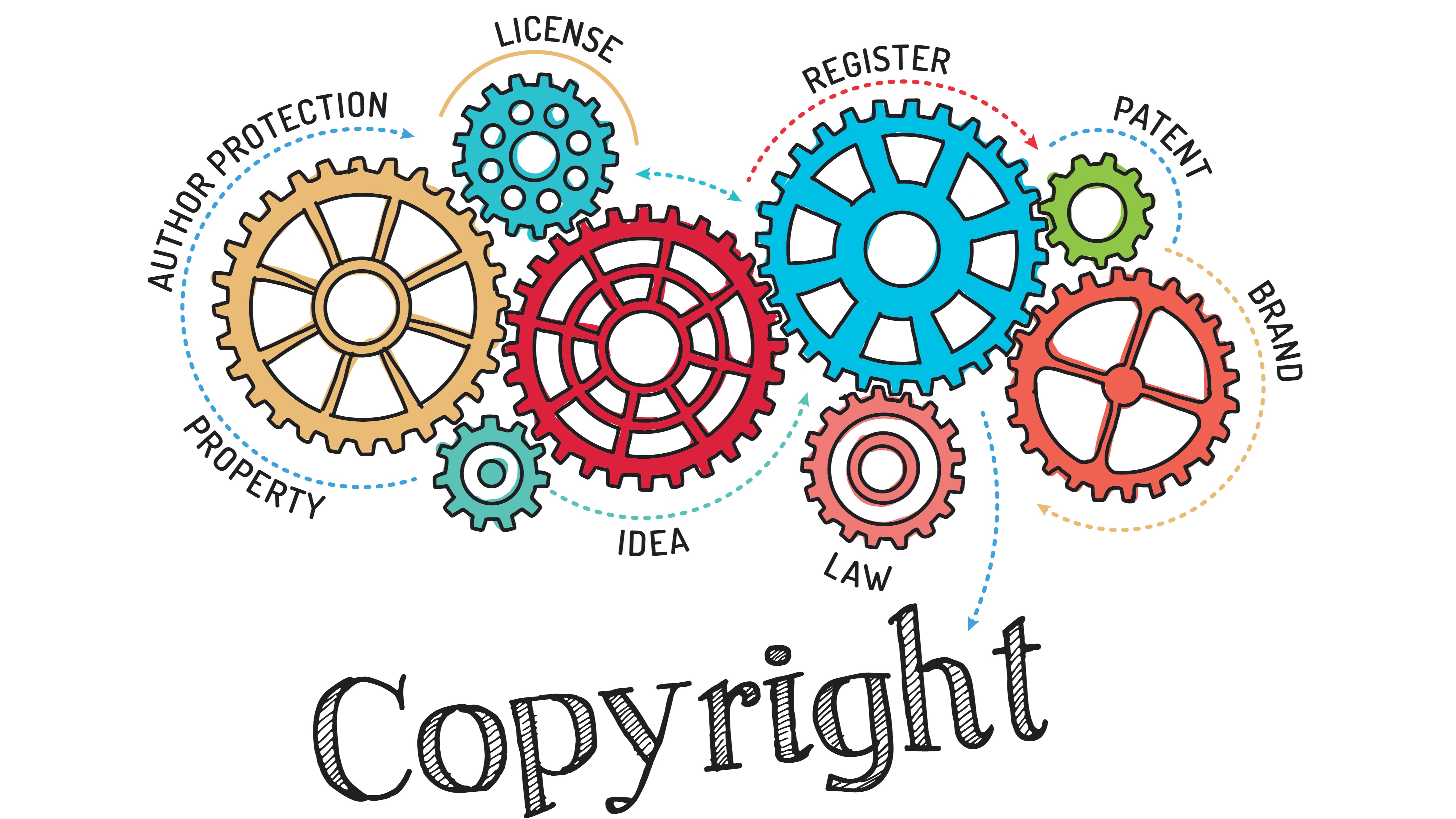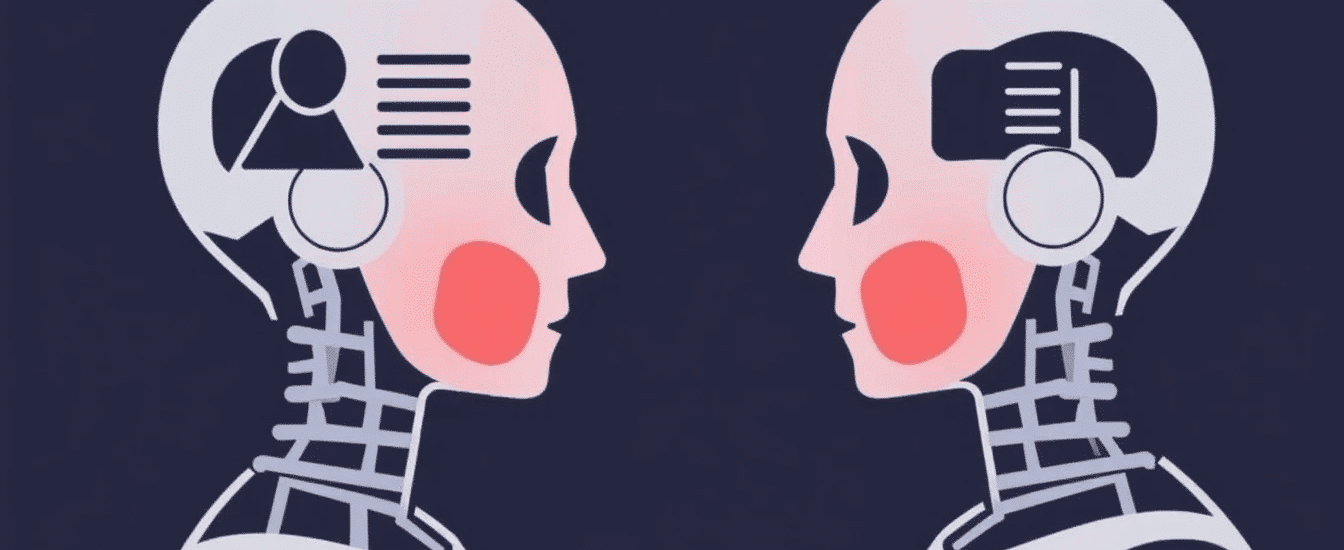Introduction
Artificial Intelligent systems are now deeply intertwined with how we create, consume, and evaluate content. Among these transformations, AI Content Generation has taken center stage, enabling rapid production of articles, social media posts, ad copy, and even academic papers. While these tools bring unprecedented efficiency and scalability, they also raise profound ethical questions. Who owns AI-generated content? Can readers trust what they see? Is it ethical to replace human writers in the name of automation? This article delves into the complex moral landscape surrounding AI-generated content and explores what marketers, content creators, and consumers need to know.
Understanding AI Content Generation
AI Content Generation refers to the use of artificial intelligent systems—especially those powered by large language models like GPT—to automatically create human-like text. These tools can draft everything from blog posts and product descriptions to code snippets and news reports.
Popular platforms such as ChatGPT, Jasper, Writesonic, and Copy.ai dominate the current landscape. They cater to a wide range of applications across sectors including publishing, education, e-commerce, and AI Marketing. The efficiency and cost-effectiveness of these tools are undeniable, but so is the need for ethical scrutiny.
The Rise of Generative AI Technologies
The journey of generative AI began with simple rule-based systems and has evolved into sophisticated models trained on billions of data points. Today, AI-generated content is being used in dynamic ways—from producing real-time news updates to creating personalized marketing messages.
In AI Marketing, for example, these tools allow brands to rapidly iterate on campaigns and create content tailored to user behavior. However, this exponential growth has also sparked debates on authenticity, plagiarism, and the erosion of human touch in communication.

Ethical Considerations in AI Content Creation
As AI tools proliferate, a set of ethical challenges has emerged. One primary concern is transparency: Should readers be informed that the content they are consuming was generated by AI? Without clear labeling, there’s a risk of misleading audiences.
Another pressing issue is consent and data sourcing. Many AI models are trained on publicly available data scraped from the web, often without the explicit consent of content creators. This raises questions about intellectual property rights and data ethics.
Then there’s the issue of misinformation. AI-generated text can be fluent and convincing, but it’s not always accurate. The risk of spreading false or harmful information through such content is very real, especially when no human fact-checking is involved.

Copyright and Intellectual Property Concerns
Copyright laws have not yet caught up with the rapid advancements in AI. One of the biggest grey areas in AI Content Generation is authorship. Who owns the rights to AI-generated content—the developer of the AI, the user who prompted it, or the company behind the tool?
Moreover, training AI models often involves using vast quantities of text from copyrighted materials without permission. This has triggered legal challenges and is pushing lawmakers to reconsider existing IP frameworks.
In marketing, this becomes particularly thorny. For instance, if an AI Marketing team uses content generated by AI trained on copyrighted advertising slogans, do they risk infringement? These unanswered questions demand a reevaluation of copyright law in the AI era.
Human vs. Machine Creativity
There’s an ongoing debate about whether AI can be truly creative or if it merely imitates human expression. While Artificial Intelligent tools can generate original content combinations, they do so based on pre-existing data patterns.
Human creativity, rooted in emotion, lived experience, and intuition, still remains distinct. Yet, many argue that AI and humans can complement each other. For example, human writers can use AI as a brainstorming tool or a first-draft generator, then apply their own voice and nuance to refine the output.
In the realm of AI Marketing, this hybrid model is particularly effective. AI handles large-scale personalization and iteration, while human strategists ensure brand consistency and emotional resonance.
Bias in AI Content
Bias in AI is not hypothetical—it’s real and well-documented. Because AI models learn from existing content on the internet, they inherit societal biases present in that data. This can result in content that is sexist, racist, or otherwise discriminatory.
For instance, if a language model is trained on predominantly Western media, it may underrepresent or misrepresent perspectives from other cultures. In sensitive areas like healthcare, law, or finance, such biases can be not just unethical but dangerous.
Addressing these issues requires deliberate action: curating diverse training datasets, involving ethicists in development, and applying rigorous evaluation frameworks before deployment.
The Role of Transparency and Disclosure
Transparency is crucial to ethical AI deployment. Readers deserve to know whether a piece of content was written by a human, a machine, or a collaboration of both. This is especially vital in journalism, academia, and public policy communication.
Some organizations have begun labeling AI-generated content explicitly. However, many still do not, creating a trust gap. For AI Marketing professionals, this transparency can become a point of competitive advantage—demonstrating ethical use and commitment to integrity.
Accountability and Responsibility
When AI-generated content causes harm—whether by spreading misinformation, reinforcing stereotypes, or violating copyrights—who is to blame? The user who deployed it? The developers who built it? Or the platforms hosting it?
This diffusion of responsibility is a key challenge in AI ethics. A shared accountability model is emerging, suggesting that developers, users, and regulators must all play a role in minimizing harm and ensuring responsible use.
For businesses, especially in marketing and publishing, adopting internal AI ethics policies and conducting audits is becoming a best practice.
The Economic and Labor Impact
AI-generated content tools pose a serious disruption to traditional content creation roles. Writers, editors, translators, and journalists may find themselves displaced or having to reskill. While some argue that AI will create new jobs, others warn of widening inequality and deskilling.
Ethically, businesses using AI to cut costs must also consider their social responsibility. Offering training programs, reassigning displaced workers to strategic roles, or even adopting hybrid workflows can help mitigate negative impacts.
In AI Marketing, roles like prompt engineering, AI supervision, and AI-content strategists are emerging, pointing to a shift rather than a complete replacement of human labor.
Regulation and Policy Frameworks
Governments and international bodies are beginning to grapple with the implications of AI content creation. The EU’s AI Act, for instance, classifies generative AI under high-risk applications and may soon require more transparency and accountability.
However, global consensus is lacking. In some regions, there are few or no regulations governing AI’s use in content. This regulatory vacuum allows for abuse, from deepfakes to misinformation campaigns.
Industry self-regulation and ethical AI certifications may fill the gap in the short term, but long-term, robust legal frameworks are essential.
Ethical Use Cases of AI Content Generation
Not all use cases are problematic. In fact, many applications of Artificial Intelligent content generation have ethical benefits. For instance, AI can help individuals with disabilities communicate more effectively. It can also break down language barriers by translating content into multiple languages.
AI can also be used to automate tedious content tasks—like writing meta descriptions or formatting blog posts—allowing human writers to focus on strategy and storytelling.
In AI Marketing, ethical use means using AI to enhance creativity and personalization without compromising privacy or authenticity.
Best Practices for Ethical AI Content Creation
Ethical AI usage begins with clear guidelines. Content creators and marketers should consider the following best practices:
- Always disclose when content is AI-generated.
- Fact-check AI outputs rigorously.
- Avoid over-reliance; use AI as a co-creator, not a replacement.
- Ensure diverse training data to reduce bias.
- Adopt a transparent review and approval workflow.
These practices help maintain quality and trust in a world increasingly populated by machine-generated words.
Future Outlook: Navigating the Ethics of AI
As AI evolves, so too must our ethical frameworks. New use cases will emerge, and with them, new challenges. The future demands interdisciplinary collaboration among technologists, ethicists, lawmakers, and creatives.
Ethical AI Content Generation will depend not just on rules and regulations, but on culture—how organizations choose to use the tools at their disposal.
With AI Marketing predicted to dominate digital campaigns, embedding ethics into its DNA is no longer optional—it’s essential.
Conclusion
AI Content Generation represents a powerful technological leap—but it also comes with profound ethical responsibility. Transparency, fairness, accountability, and human oversight are not just desirable; they are necessary for sustainable adoption.
Whether you’re a business leader exploring AI Marketing, a developer building Artificial Intelligent systems, or a consumer engaging with digital content—you have a role to play in shaping the ethical future of AI. By staying informed and acting responsibly, we can harness the benefits of AI while mitigating its risks.

